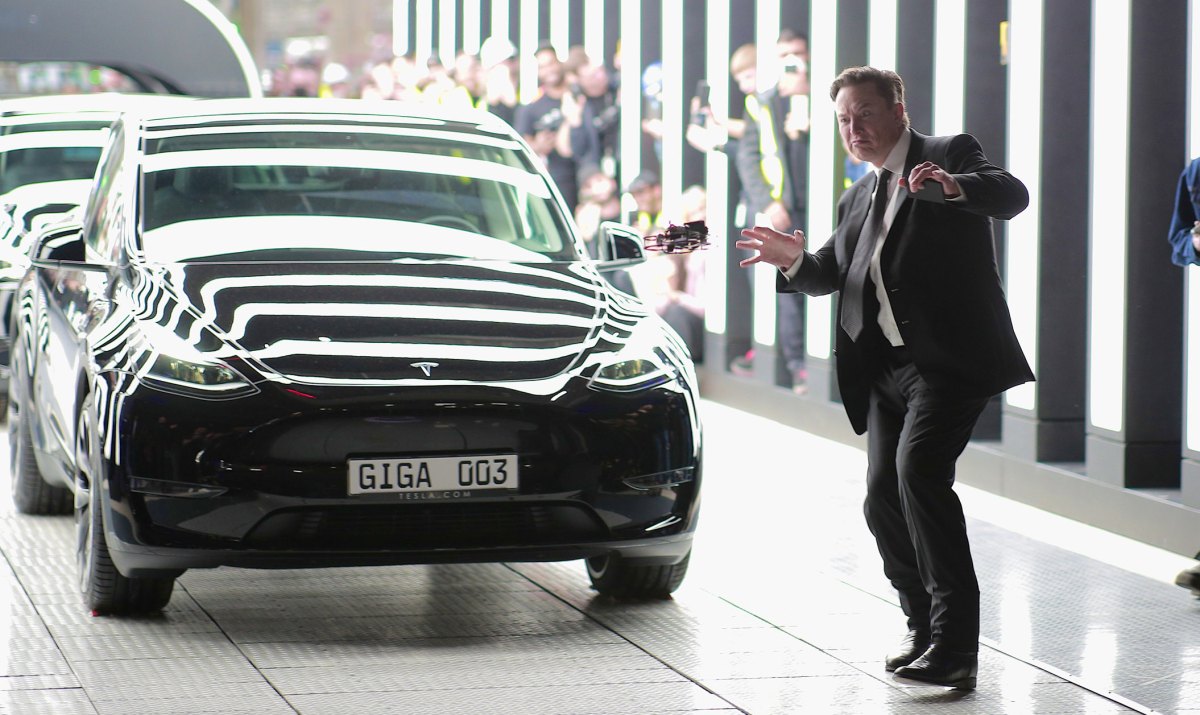
PlayStation VR2 launches February 22 for $549.99, preorders November 15
November 24, 2022
Tesla issues back-to-back recalls
November 27, 2022
Back in August, the FDA announced it was making a big change in the world of hearing aids: From October onwards, hearing aids would be available without a prescription, over the counter. In a world where getting fitted for a hearing aid could be very expensive, and the hearing aids themselves were wrapped up in the US hellscape that is health insurance. Over the past couple of months, the landscape has changed significantly.
It took me a moment to dawn on me why some of the well-known brands have thrown themselves into the hearing aid game, but when you think about it, a hearing aid is a customized set of noise-cancelling headphones in reverse: Instead of blocking out all the sound, they block out some sound, and amplify the sounds you want. Combine this with a hearing test to figure out which frequencies need to be boosted, and profiles (speech, music, etc) for what you want to hear and what you want to suppress, and a number of manufacturers were already very well positioned to serve this market.
The new generation of hearing aids come in all sorts of form factors; ranging from the ones offered by Linnerlife, which look a lot like Airpods, to the almost invisible Eargo in-ear hearing aids, and Lexie‘s versions (that seem to be a continuation of Bose’s recently discontinued SoundControl hearing aids) that have an in-ear and behind-the-ear component.
To be clear, hearing aids are still a regulated product category; the main thing that changed was removing the prescription requirement. To startups, this could be a really interesting opportunity to build brands and direct-to-consumer solutions. It’s a nascent market, and the FDA’s change in policy took everybody by a bit of a surprise. We are in a weird murky in-between world, it seems; anecdotally, it appears that the market is being flooded by professional, medical-grade hearing aids that are reaching for accessibility and downmarket options, and consumer-grade earbuds that are reaching into new markets under new brands, looking for customer groups who perhaps have been less eager to
… And given that most of this is just very clever software and that Apple is already one of the most popular in-ear earphone producers in the world, it’s possible that this is yet another market that the Cupertino-based computer giant would look to shake up in its health-focused product push. The company already has a ‘live listen’ feature, and it isn’t beyond the realm of possibility that it could roll out a hearing test app and custom amplification profiles, enabling the millions of people using AirPods to use them as hearing aids.
In any case, this is a market that got very interesting for startups and much more tolerable for those with hearing loss, even in a few short months. It’ll be interesting to see what 2023 and beyond bring. In the meantime, I’m expecting a lot of hearing aids to show up in Christmas stockings this year.
Hearing aids may be the surprise holiday gift category nobody saw coming by Haje Jan Kamps originally published on TechCrunch



